Networked Urbanism
design thinking initiatives for a better urban life
apps awareness bahrain bike climate culture Death design digital donations economy education energy extreme Extreme climate funerals georeference GSD Harvard interaction Krystelle mapping market middle east mobility Network networkedurbanism nurra nurraempathy placemaking Public public space resources Responsivedesign social social market Space time time management ucjc visitor void waste water Ziyi
Posts by Nada Maani
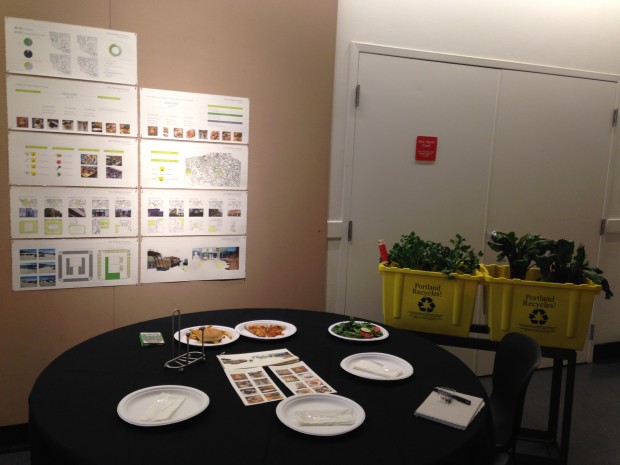
About 2047 students live in campus housing, of which only 400-600 students are freshmen. All freshmen that live in campus housing are required to sign up for a meal plan. The meal plan consists of a specific number of meals that they eat at Victor’s cafeteria (food is cooked there) in Ondine (one of the dormitories on campus) and dining dollars that they can spend at three different locations on campus; two coffee shops and a cafeteria that houses various food chains. All the food sources that fall under the meal plan are owned by Aramark (a company that provides services in food, facilities management, and uniforms) or have a contract with them.
The problem with the current food served by Aramark is (more…)
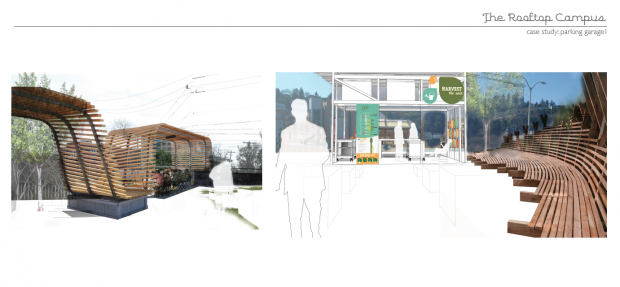
About 2047 students live in campus housing, of which only 400-600 students are freshmen. All freshmen that live in campus housing are required to sign up for a meal plan. The meal plan consists of a specific number of meals that they eat at Victor’s cafeteria (food is cooked there) in Ondine (one of the dormitories on campus) and dining dollars that they can spend at three different locations on campus; two coffee shops and a cafeteria that houses various food chains. All the food sources that fall under the meal plan are owned by Aramark (a company that provides services in food, facilities management, and uniforms) or have a contract with them.
The problem with the current food served by Aramark is it is processed and students do not know where it comes from. (more…)
About 2047 students live in campus housing, of which only 400-600 students are freshmen. All freshmen that live in campus housing are required to sign up for a meal plan. The meal plan consists of a specific number of meals that they eat at Victor’s cafeteria (food is cooked there) in Ondine (one of the dormitories on campus) and dining dollars that they can spend at three different locations on campus; two coffee shops and a cafeteria that houses various food chains. All the food sources that fall under the meal plan are owned by Aramark (a company that provides services in food, facilities management, and uniforms) or have a contract with them. I surveyed freshmen that live on campus regarding their opinions about the food served at Victor’s in Ondine, the dining dollars and implementing a healthy, fresh and local food source into the freshmen meal plan. Their responses were as follows (for more detailed response check the images below): Food at Victor’s: about 44% think its okay and 33% would not eat it if they did not have to pay for it. Dining Dollars: about 51% love them. Healthy, fresh, local food source: about 72% think it is a great idea. I am suggesting to add a third category to the meal plan package. It is a point system, where each student receives a specific number of points to start with and uses them to buy produce from a community garden on campus and then prepares the food in a community kitchen. Students earn points by teaching other students how to cook something (this will add an educational and cultural layer), help clean up the kitchen, or help maintain the garden. The students will then spend the points earned in the community garden and the cycle continues. This strategy could be applied to a number of buildings on campus, but my investigation will begin with the Broadway building because it is where most freshmen live on campus. There will be four programs, the first is an educational promenade. The promenade acts as a connective tissue between the other two programs. It will have seating integrated into it so that students have space to eat the food they collaboratively cook. The other two programs are a community kitchen and a edible community garden. The case studies shown below each reflect a certain characteristic that I want to incorporate into the design.
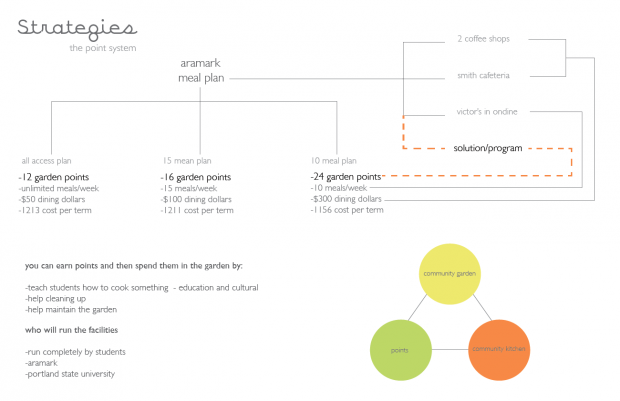
About 2047 students live in campus housing, of which only 400-600 students are freshmen. All freshmen that live in campus housing are required to sign up for a meal plan. The meal plan consists of a specific number of meals that they eat at Victor’s cafeteria (food is cooked there) in Ondine (one of the dormitories on campus) and dining dollars that they can spend at three different locations on campus; two coffee shops and a cafeteria that houses various food chains. All the food sources that fall under the meal plan are owned by Aramark (a company that provides services in food, facilities management, and uniforms) or have a contract with them. I surveyed freshmen that live on campus regarding their opinions about the food served at Victor’s in Ondine, the dining dollars and implementing a healthy, fresh and local food source into the freshmen meal plan. Their responses were as follows (for more detailed response check the images below): Food at Victor’s: about 44% think its okay and 33% would not eat it if they did not have to pay for it. Dining Dollars: about 51% love them. Healthy, fresh, local food source: about 72% think it is a great idea. I am suggesting to add a third category to the meal plan package. It is a point system, where each student receives a specific number of points to start with and uses them to buy produce from a community garden on campus and then prepares the food in a community kitchen. Students earn points by teaching other students how to cook something (this will add an educational and cultural layer), help clean up the kitchen, or help maintain the garden. The students will then spend the points earned in the community garden and the cycle continues.
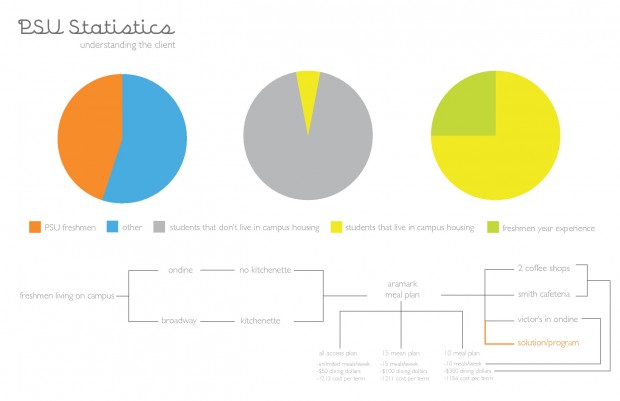
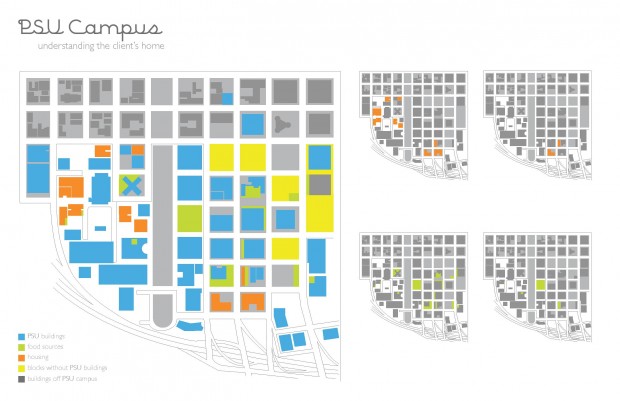
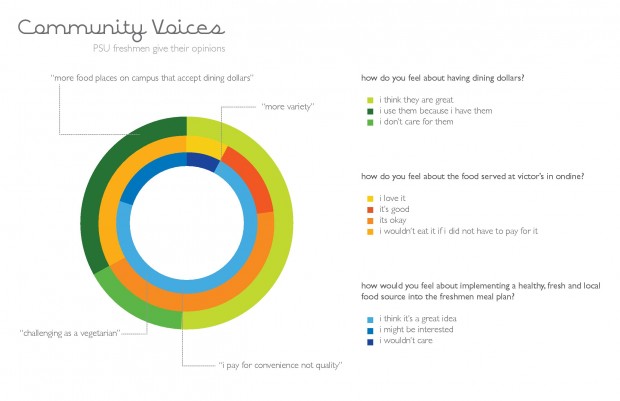
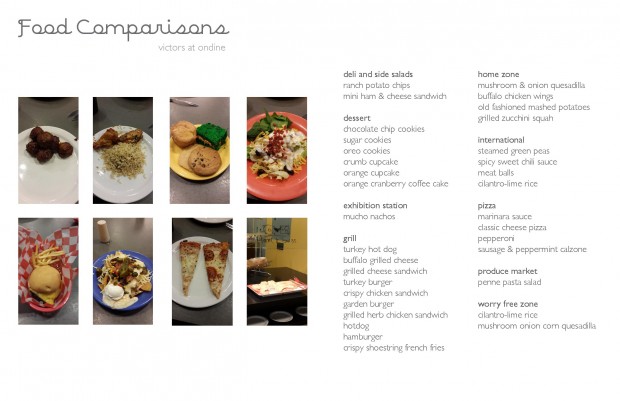
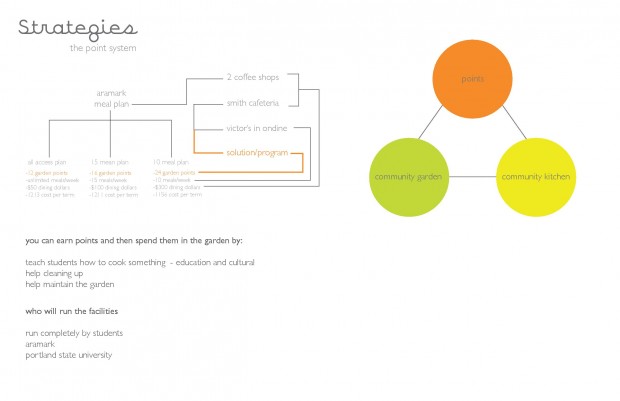
Nada Maani
It appears that Nada Maani hasn't tweeted anything yet.